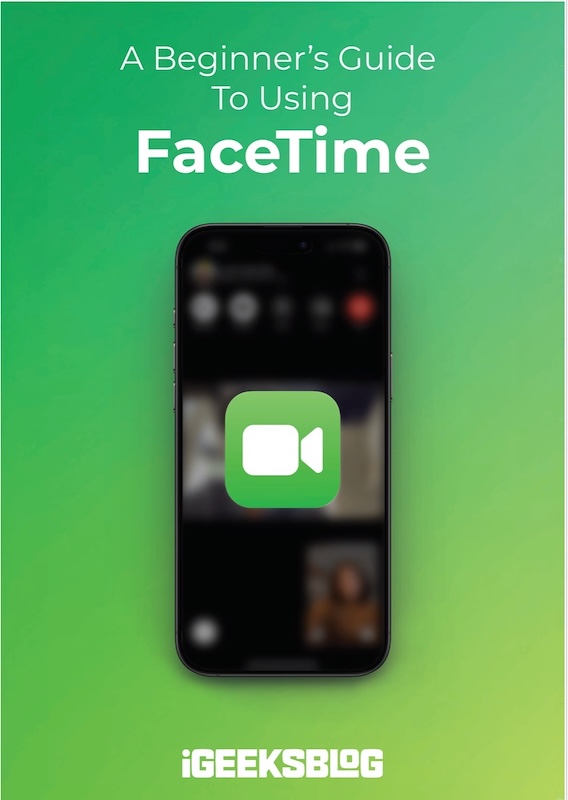
FaceTime Like a Pro
Get our exclusive Ultimate FaceTime Guide 📚 — absolutely FREE when you sign up for our newsletter below.

FaceTime Like a Pro
Get our exclusive Ultimate FaceTime Guide 📚 — absolutely FREE when you sign up for our newsletter below.
Apple has addressed iPhone 17 Pro “scratchgate,” saying most marks come from MagSafe stands, not the frame. The aluminum design improves heat management and battery life, though minor wear over time is expected.
It wouldn’t be a new iPhone launch without brewing a bit of controversy. This time, it’s the iPhone 17 Pro in the spotlight, embroiled in a debate over scratches and durability, unofficially dubbed “scratchgate.” The discussion started rolling with a launch day report from Bloomberg, which pointed out demo units in Apple Stores exhibiting noticeable marks, especially around the MagSafe area. This fueled speculation that the new aluminum frame was underwhelming in terms of durability. In response, Apple has stepped up to clarify the situation.
Apple claims that the blemishes spotted on iPhone 17 Pro and Pro Max models on display aren’t scratches in the traditional sense. Instead, these marks are attributed to material transfer from worn-out MagSafe charging stands. According to the company, these smudges can be wiped clean and don’t represent actual damage. Apple is already tackling the issue by replacing the affected stands in stores and has acknowledged that previous iPhone models, including the iPhone 16 lineup, have shown similar signs.
Besides the MagSafe concerns, durability tests have shifted attention to the iPhone 17 Pro’s prominent camera bump. YouTuber JerryRigEverything observed that the sharp angles around the bump are more susceptible to scratches, as they lack protective chamfered or rounded edges.
Apple admits that these edges might exhibit wear over time but emphasizes that they are constructed with the same anodized aluminum coating used on its other devices like MacBooks. So, users can anticipate some routine wear, which is par for the course when it comes to aluminum builds.
The broader context involves Apple’s switch from titanium to aerospace-grade 7000-series aluminum for the iPhone 17 Pro’s frame. Apple asserts that the anodization process exceeds industry hardness standards and that every unit undergoes stringent testing. Though titanium was known for its superior scratch resistance, aluminum brings its own set of benefits. Initial tests indicate that the iPhone 17 Pro handles heat more efficiently, resulting in better sustained performance, increased efficiency, and enhanced battery life. In everyday scenarios, reviewers note that the phones feel solid, with some units remaining in near-new condition after weeks without a protective case.
The uproar over potential scratches might be louder than the actual issue at hand. Many of the stark images circulating online are from demo units that have been handled extensively, or from stress tests designed to extremes. In practical use, how these phones fare depends on handling habits. While some reviewers observed small blemishes after carrying the iPhone 17 Pro with other devices, others found no scratches whatsoever. Apple’s stance remains firm: these phones are engineered to withstand daily wear, though cases are still advisable for those wanting to maintain a pristine look.
The iPhone 17 Pro might develop minor edge imperfections over time, yet its aluminum frame definitely offers noticeable gains in terms of performance and heat management. For most users, the concerns about durability probably won’t overshadow these advantages.
What do you think about the iPhone 17 Pro’s durability? Share your thoughts below.
You may like to read: All the New Camera Features on the iPhone 17 Pro